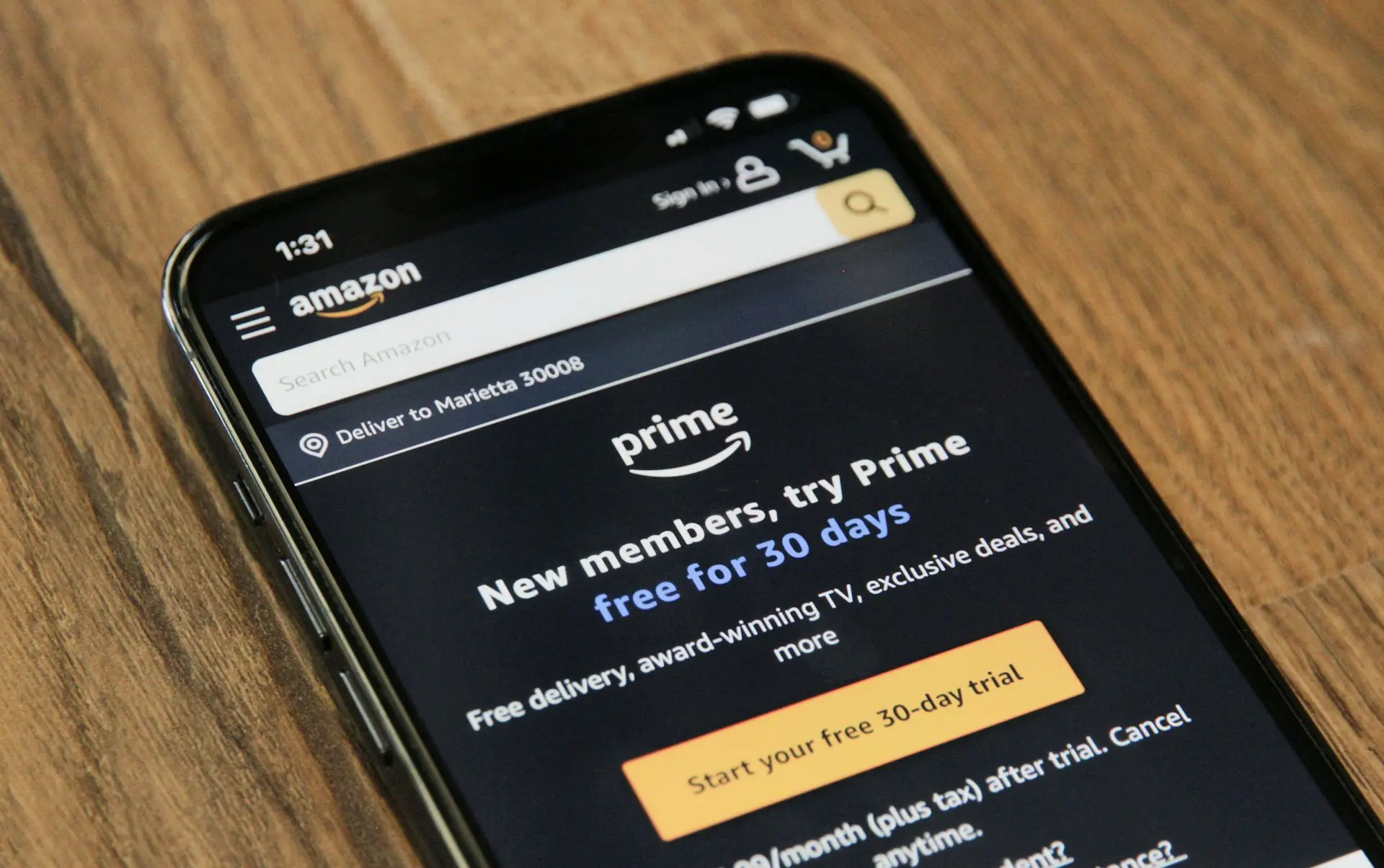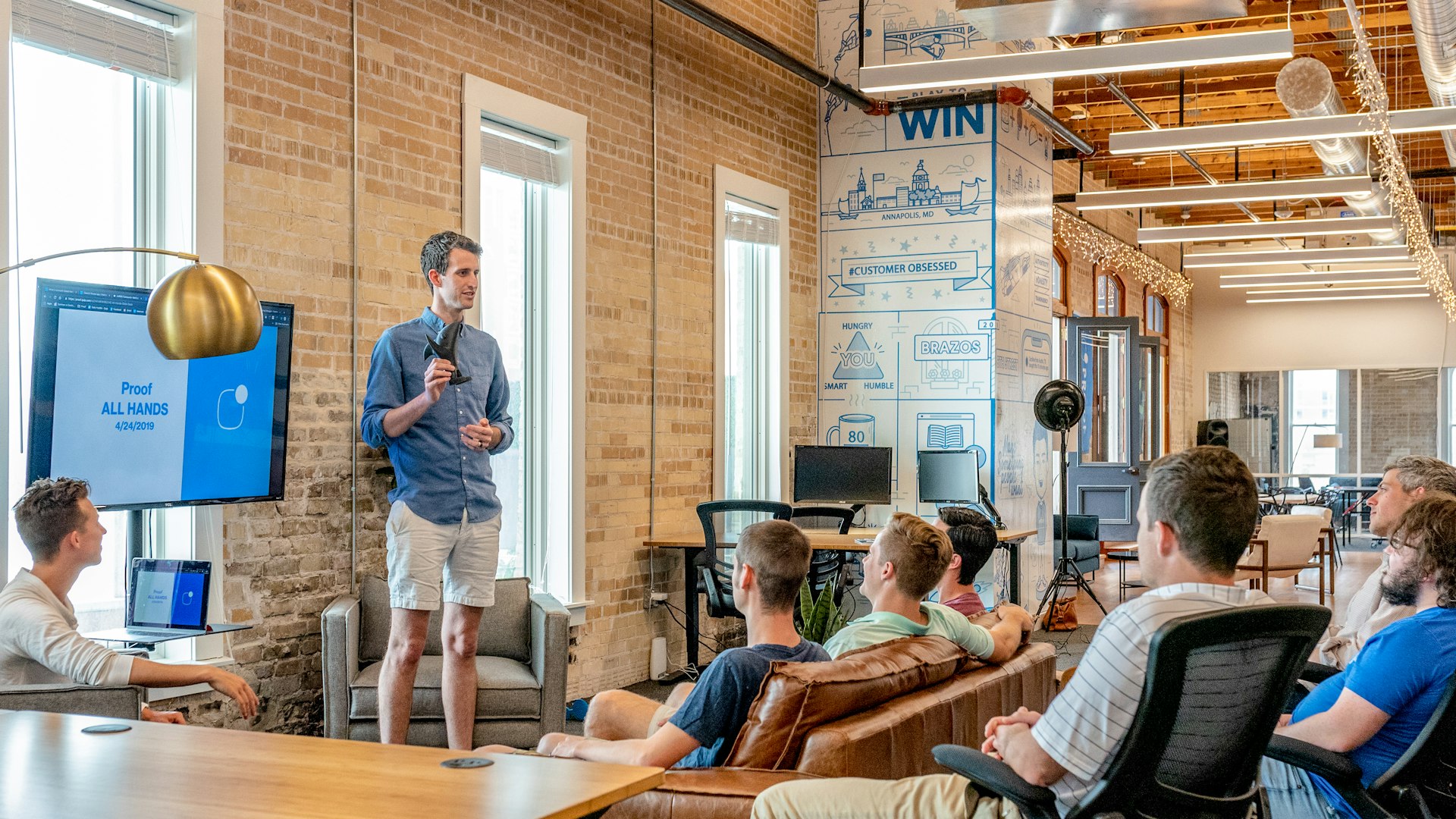🛠️ Practice Hall
Master innovation concepts through AI Powered hands-on simulations in a risk-free environment!
Practice Hall: Simulation Programs and Scenarios
Purpose: Focused on learning and experimentation in a risk-free environment.
Emphasis: Training and hands-on practice to build skills and test concepts without real-world consequences.
Key Objective: To prepare users with the knowledge, tools, and confidence to tackle real-world challenges.
Outcomes
• Skill development.
• Practice and mastery of innovation concepts in everyday business.
• Experimentation and learning from best practices, success & failures.
• Cross-functional & organisational launchpad for real-world innovation.
Example Outcome: A user learns how to design a customer-centric product in a simulated market without the risk of financial loss.
"Start Your Hands-on Journey"
Request Your Own Practice Hall
Clients can choose and test concepts like Business Model innovation, Product Design, Operational Transformation, and more within their dedicated workspace.
Practice various innovation scenarios, such as "launching a new product" from Product Design, or "Entering a new market" from Business Model Innovation, or "Streamlining Supply Chain Processes" from Operational transformation.
Foster cross-functional team and partnership engagement with assigned roles, collaborative exercises and assigned tasks within gamified challenges.
All our collaboration exercises are integrated into hands-on training and project workflows, so teams must communicate and assign roles to complete tasks. Business & Entreprise plans can also personalise them to your industry, market and business challenges.
Discover our easy-to-follow
Practice Hall workflow
Step 1: Enter a Simulated Innovation Program
Example: Business Model Innovation.
Users see an introduction, learning objectives, and available scenarios.
Step 2: Select a Scenario for Testing
Example: Entering a New Market.
The system provides a pre-configured guided training plan and activities with tasks like:
- Market analysis.
- Competitor benchmarking.
- Developing a go-to-market strategy.
Step 3: Execute the Scenario Using Collaboration Tools
Example: To-Do tools with Chat-GPT, Mind mapping with Excalidraw, and Project execution with Projects or with Accounting.
- Users assign tasks to team members using the various Modules.
- Workflows guide them through each step, encouraging collaboration and innovation.
Step 4: Complete, Reflect and Reward
Example: To-Dos, Drawings, financial models or projects are completed.
- Teams submit their solutions for evaluation. (Quiz, Surveys, etc.)
- Automated feedback or peer reviews are provided.
- Certificates or badges awarded for completion. Merchandising are available as well in our shop.
Browse the top 10 preferred Simulated Programs & Testing Scenarios
Learn → Practice → Experiment → Build confidence

1. Business Model Innovation
Objective: Explore innovative ways to create, deliver, and capture value.
Scenarios:
1. Pivoting to a Subscription Model: Transition from one-time sales to a recurring revenue model.
2. Exploring Freemium Offerings: Evaluate the impact of offering a free tier to drive adoption.
3. Expanding Revenue Streams: Test adding new revenue channels, like licensing or affiliate partnerships.
4. Entering Emerging Markets: Assess risks and opportunities for expanding into less-developed markets.
5. Monetising Data: Create value from insights derived from customer or operational data.

2. Product Design Innovation
Objective: Redefine product offerings to enhance usability, desirability, and value.
Scenarios:
1. Prototyping a New Product Line: Simulate developing and launching a new product from concept to prototype.
2. Improving Product Accessibility: Redesign an existing product to serve underrepresented user groups.
3. Integrating IoT Features: Evaluate the impact of adding smart capabilities to a product.
4. Rebranding a Legacy Product: Test strategies for revitalising an aging product line.
5. Accelerating Time-to-Market: Optimize processes to deliver products faster without compromising quality.

3. Operational Transformation
Objective: Streamline internal processes to enhance efficiency and effectiveness.
Scenarios:
1. Implementing Lean Practices: Optimize workflows to minimize waste and maximize value.
2. Digitizing a Supply Chain: Simulate the transformation of a traditional supply chain into a digital one.
3. Automating Repetitive Tasks: Evaluate the impact of adopting RPA (Robotic Process Automation).
4. Creating a Remote-First Organization: Transition from a physical office to a fully remote working environment.
5. Upskilling Employees for New Technologies: Develop a program to train employees in emerging tech.

4. New Partnerships, Crowdsourcing & Co-Creation
Objective: Innovate through collaboration with external partners or the crowd.
Scenarios:
1. Launching a Joint Venture: Simulate co-developing a product with a strategic partner.
2. Leveraging Crowdsourcing for Ideas: Run a campaign to gather innovation ideas from external contributors.
3. Building an Industry Consortium: Create shared standards or technologies with industry peers.
4. Collaborating with Startups: Partner with a startup to bring innovative solutions to market.
5. Developing Ecosystem Solutions: Explore creating a marketplace or platform for third-party partners.

5. From Ideation to Product Development
Objective: Move from brainstorming to prototyping and market launch.
Scenarios:
1. Prioritising Ideas in a Portfolio: Select and prioritise innovation ideas for funding.
2. Running Design Thinking Workshops: Simulate a hands-on workshop to refine ideas.
3. Building a Minimum Viable Product (MVP): Create and test an MVP for a new concept.
4. Launching a Beta Program: Simulate pre-launch testing with selected customers.
5. Scaling Production: Optimize the transition from prototype to full-scale manufacturing.

6. Enhancing Current Offerings
Objective: Improve or expand the features and value of existing products or services.
Scenarios:
1. Adding Personalization Options: Simulate customizing products to meet individual customer needs.
2. Expanding Cross-Selling Opportunities: Test strategies to bundle related products.
3. Improving Sustainability Features: Assess the impact of making a product more eco-friendly.
4. Introducing Tiered Services: Offer basic, premium, and enterprise versions of a product.
5. Boosting After-Sales Support: Enhance customer experience with new post-purchase services.

7. Empowering Employees, Culture, and Capabilities
Objective: Build an innovative and collaborative workplace culture.
Scenarios:
1. Implementing Agile Teams: Test transitioning teams to an agile methodology.
2. Designing Employee Innovation Programs: Create incentives to encourage innovative ideas from staff.
3. Building a Diversity & Inclusion Strategy: Simulate the impact of enhancing workplace diversity.
4. Conducting Culture Diagnostics: Assess organizational culture to identify barriers to innovation.
5. Gamifying Employee Training: Introduce game mechanics to make up-skilling more engaging.

8. Environmental and Social Responsibility Goals
Objective: Align innovation with sustainability and social impact.
Scenarios:
1. Achieving Carbon Neutrality: Test strategies to reduce and offset emissions.
2. Launching a Circular Economy Initiative: Implement a program to recycle and reuse materials.
3. Integrating ESG Metrics into Business: Simulate embedding environmental, social, and governance goals into operations.
4. Creating Socially Responsible Products: Test developing products that meet social impact goals.
5. Partnering with NGOs: Explore collaborations with non-profits to address community challenges.

9. Audit, Assessment, and Innovation Assurance
Objective: Evaluate the effectiveness and risks of innovation strategies.
Scenarios:
1. Conducting an Innovation Maturity Audit: Assess the organization’s current innovation capabilities.
2. Identifying Barriers to Innovation: Diagnose structural or cultural obstacles.
3. Simulating Innovation Failures: Test resilience strategies for handling failed projects.
4. Creating Risk Mitigation Plans: Develop risk management strategies for innovation.
5. Measuring ROI of Innovation Investments: Evaluate the returns from completed innovation initiatives.

10. Industry-Specific or Partner Programs
Objective: Address unique challenges in specific industries or roles.
Scenarios:
1. Healthcare: Implementing telemedicine solutions.
2. Retail: Optimizing omnichannel customer experiences.
3. Manufacturing: Adopting Industry 4.0 technologies.
4. Finance: Launching digital wallets or fintech services.
5. Technology Partners: Testing new AI or blockchain applications.
Your partner in executing innovation strategies and achieving measurable outcomes!
Join us in transforming ideas into reality through teamwork and creativity.